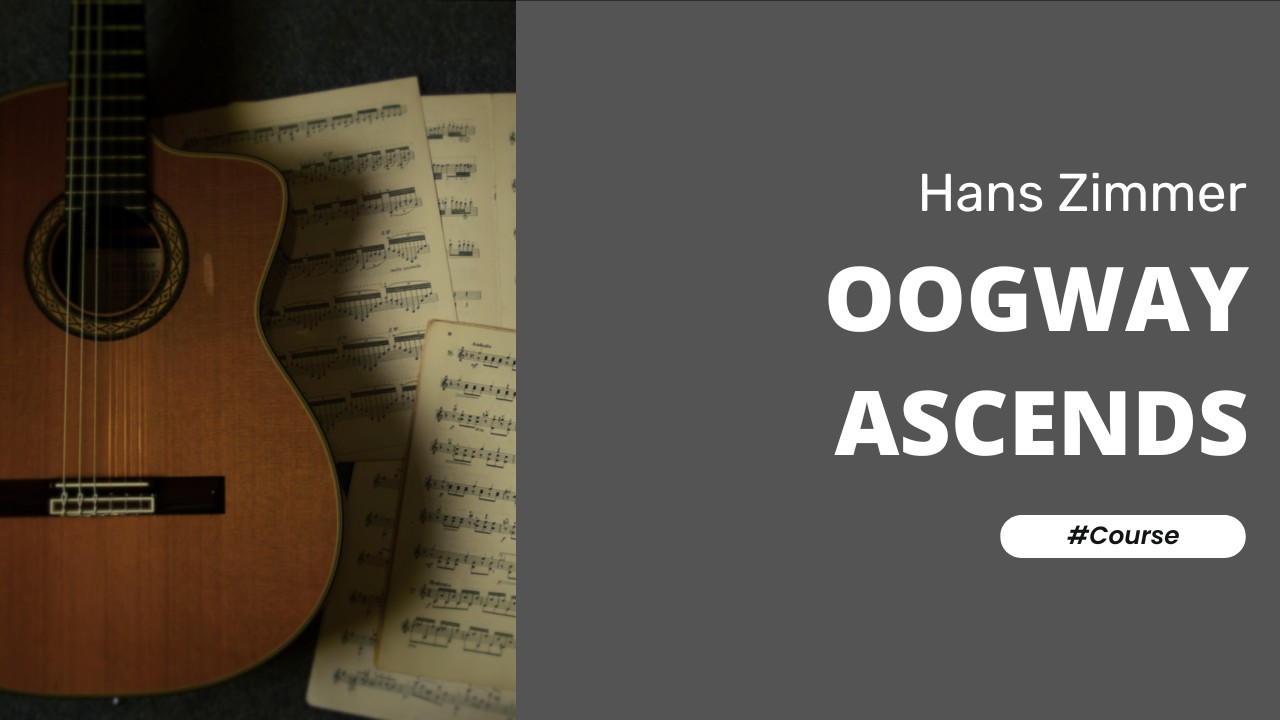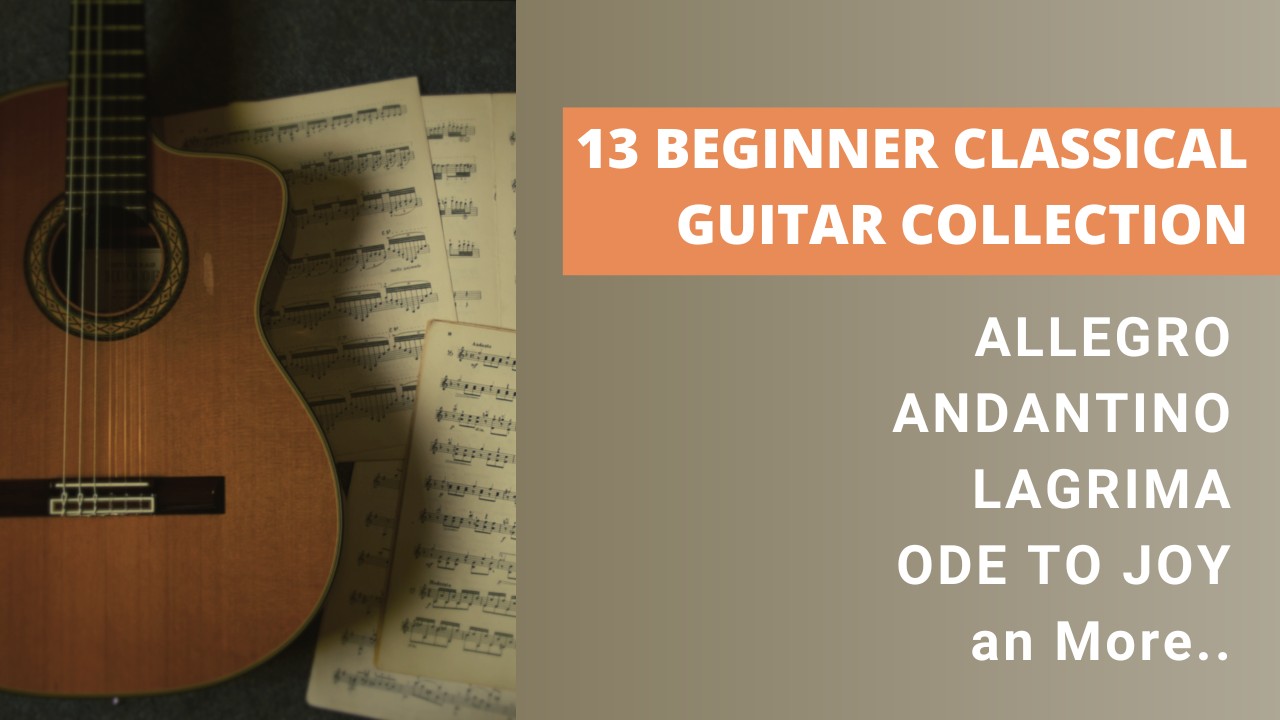Study in A Minor by Dionisio Aguado
Introduction
“Study in A minor” is an unassuming piece written by the Spanish classical virtuoso Dionisio Aguado. He was a contemporary of Fernando Sor and even lived with him for a time in Paris!
Typically performed at an allegro tempo of around 120+ BPM, this study is set in the key of A minor and is designed to improve fingerpicking and transferring shapes in the fretting hand. The piece features a repeated arpeggiated pattern that require smooth transitions and a tight focus on the picking fingers. The study remains in A minor throughout, with no key changes or modulations, providing a consistent harmonic framework. Its structure emphasises the development of finger independence and control, making it an essential piece for guitarists looking to refine their technique.
Within this study I believe there are 3 primary techniques to focus on:
-
Full-planting of P, i, m (Thumb, index, middle)
-
Apoyando with the thumb (rest-stroke)
-
Experimenting with tonal variations: sul tasto, naturale, ponticello
Musical Style
Dionisio Aguado’s musical style is characterised by its clarity, elegance, and pedagogical focus. A contemporary of Fernando Sor, Aguado was instrumental in developing guitar technique during the Classical period. His compositions often feature clear melodic lines, structured forms, and a focus on technical development. Aguado’s works are known for their balance between technical difficulty and musicality, making them ideal for both study and performance. His contributions to guitar pedagogy, including his method books and studies, have had a lasting impact on classical guitar education.
Notable Pieces
Five notable pieces by Dionisio Aguado:
• Caprice in E major
• Fandango Variado
• Introduction and Rondo
• Minuet in G major
• Rondo in A major
Let your fingers fly! JoshCourse Instructor
Study in A Minor Course
Learn to play Study in A Minor
About this Course
Introduction
“Study in A minor” is an unassuming piece written by the Spanish classical virtuoso Dionisio Aguado. He was a contemporary of Fernando Sor and even lived with him for a time in Paris!
Typically performed at an allegro tempo of around 120+ BPM, this study is set in the key of A minor and is designed to improve fingerpicking and transferring shapes in the fretting hand. The piece features a repeated arpeggiated pattern that require smooth transitions and a tight focus on the picking fingers. The study remains in A minor throughout, with no key changes or modulations, providing a consistent harmonic framework. Its structure emphasises the development of finger independence and control, making it an essential piece for guitarists looking to refine their technique.
Within this study I believe there are 3 primary techniques to focus on:
-
Full-planting of P, i, m (Thumb, index, middle)
-
Apoyando with the thumb (rest-stroke)
-
Experimenting with tonal variations: sul tasto, naturale, ponticello
Musical Style
Dionisio Aguado’s musical style is characterised by its clarity, elegance, and pedagogical focus. A contemporary of Fernando Sor, Aguado was instrumental in developing guitar technique during the Classical period. His compositions often feature clear melodic lines, structured forms, and a focus on technical development. Aguado’s works are known for their balance between technical difficulty and musicality, making them ideal for both study and performance. His contributions to guitar pedagogy, including his method books and studies, have had a lasting impact on classical guitar education.
Notable Pieces
Five notable pieces by Dionisio Aguado:
• Caprice in E major
• Fandango Variado
• Introduction and Rondo
• Minuet in G major
• Rondo in A major
Let your fingers fly! Josh



